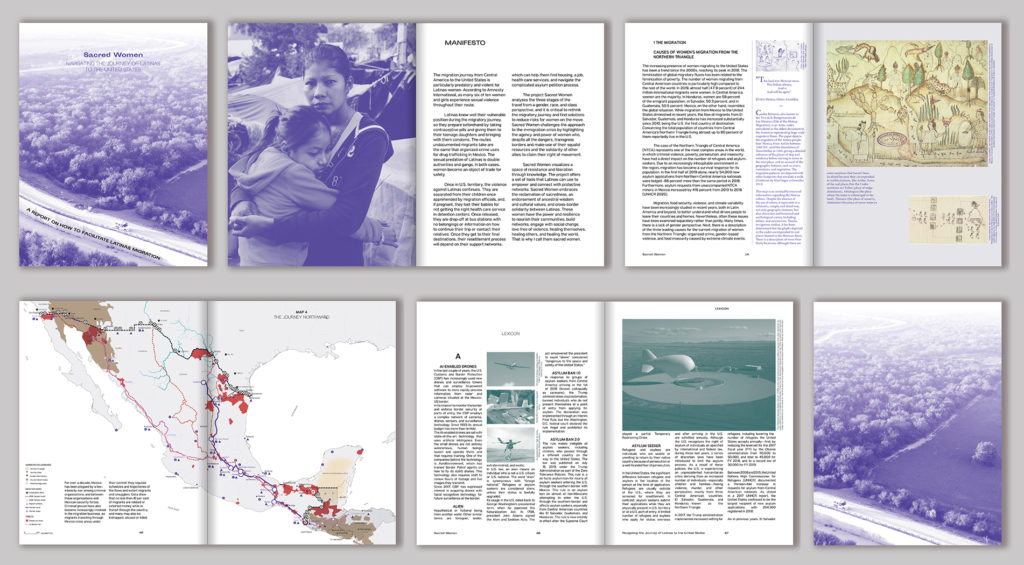Harvard Graduate School of Design’s Mexican Cities Initiative (MCI) aims to guide, through research, the shifting urban landscape of Mexico. In order to aid this urban transformation, research done with the MCI is made entirely public on their website to engage various current and future collaborators into the conversation. MCI also publishes other coursework, faculty projects, and student research to their public archive that is related to Mexico. Student research is supported by an annual summer fellowship and by partnerships inside and outside of Mexico. The initiative is advised by Diane Davis, Charles Dyer Norton Professor of Regional Planning and Urbanism, alongside the MCI advisory board.
The past year brought a robust and exciting array of essays, conversations, and events to the MCI platform. The following are excerpts from some of MCI’s 2020 offerings.
Aron Lesser Chats with Lorenzo Rocha about Public Spaces and Urban Planning Trends in Mexico City
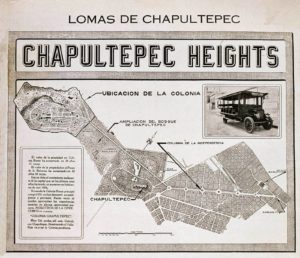 Lorenzo Rocha: “Currently there are two main trends in Mexico City’s urban development. The first one is an outstanding re-densification of traditional neighborhoods in central areas and the second is the vast creation of new land subdivision in peripheral zones both for affordable or expensive housing. The densification process, that affects the three neighborhoods referred to in the text, takes advantage of preexisting conditions to generate value by designing taller buildings in the traditional urban fabric, further diversifying them. The new peripheral neighborhoods are generally monocultural and dependent on private and public mobility. They are the answer to our massive necessity of housing and security, which the original urban fabric can no longer provide.” Keep reading…
Lorenzo Rocha: “Currently there are two main trends in Mexico City’s urban development. The first one is an outstanding re-densification of traditional neighborhoods in central areas and the second is the vast creation of new land subdivision in peripheral zones both for affordable or expensive housing. The densification process, that affects the three neighborhoods referred to in the text, takes advantage of preexisting conditions to generate value by designing taller buildings in the traditional urban fabric, further diversifying them. The new peripheral neighborhoods are generally monocultural and dependent on private and public mobility. They are the answer to our massive necessity of housing and security, which the original urban fabric can no longer provide.” Keep reading…
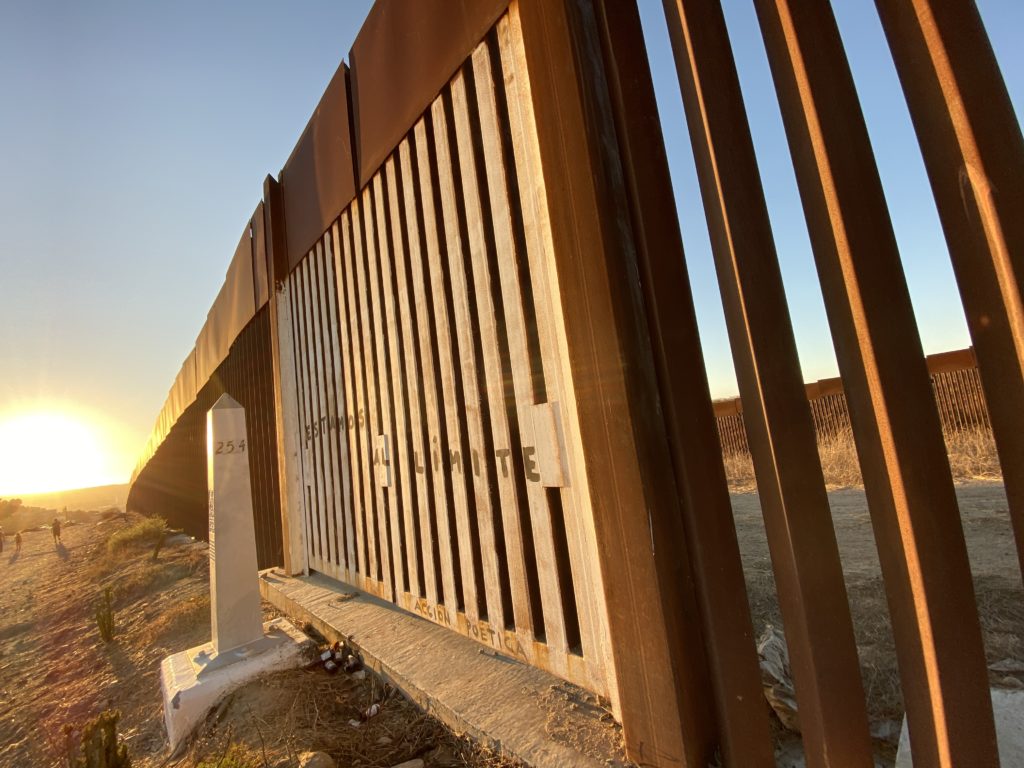 Feike de Jong Undertakes Photojournalistic Walk of the Tijuana/San Diego Border
Feike de Jong Undertakes Photojournalistic Walk of the Tijuana/San Diego Border
“Feike de Jong has begun BORDE(R), a photojournalistic walk of the Tijuana/San Diego border. The project explores Global South-North relations by observing the nexus of these cities’ geopolitical—and cultural—boundaries. Paying close attention to urban planning and design, Feike’s approach is rooted in his belief that city borders deserve more attention because they reveal urban realities that city centers may not.” Keep reading…
Mexican local government’s interventions against COVID-19: virtues and flaws
The COVID-19 health crisis creates opportunities to analyze state government activity in Mexico. The social and economic impact faced by each of the country’s state governments demonstrates their responses to the cultural, social, and economic particularities of each locality, but also to their institutional capacities to respond to these growing demands. In this sense, the Mexican case has detonated the unrest of the past, making visible the complications that have historically existed in shaping the federalist puzzle, which should be autonomous and able to exercise its capacities to meet the demands of the moment. Keep reading…
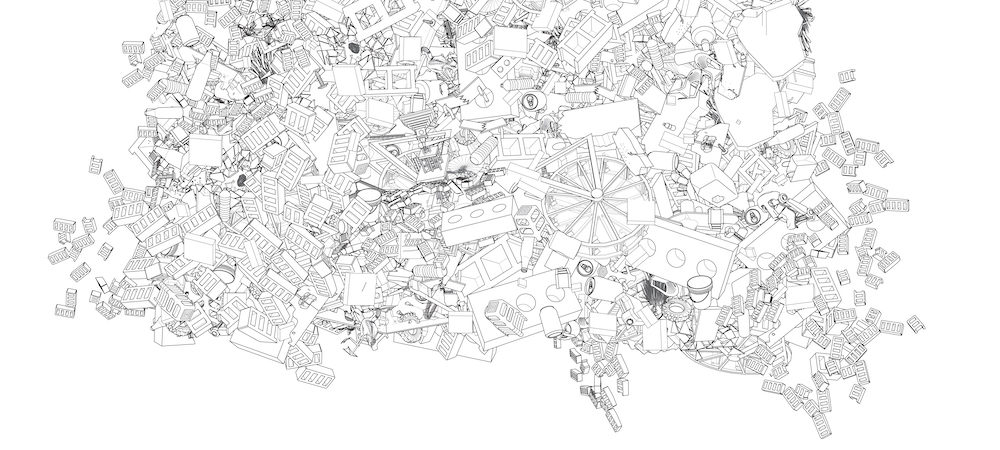 Kiley Fellow Lecture: Seth Denizen, “Thinking Through Soil: Case Study from the Mezquital Valley”
Kiley Fellow Lecture: Seth Denizen, “Thinking Through Soil: Case Study from the Mezquital Valley”
Seth Denizen is a GSD Kiley Fellow and design practitioner trained in landscape architecture and human geography. In his lecture “Thinking Through Soil: Case Study from the Mezquital Valley”, which took place on September 21, 2020, Denizen explores the relationship between land politics in the Mezquital Valley and Mexico City. He discusses both his research and the work that GSD students produced in conjunction with UNAM students in a studio course focused on the region. Watch the lecture…
Navigating the Journey of Latinas to the United States
Carolina Sepúlveda: “While migration from Mexico to the United States diminished in recent years, the number of migrants from Central America has increased substantially since 2010[1]. As a result, Mexico has consolidated as the primary transit route for migrants from the Northern Triangle countries, including El Salvador, Guatemala, and Honduras. The migration journey through Mexico is particularly violent for women[2]. At the different stages, women are subject to extortion, human trafficking, sexual violence, and even murder in the hands of gangs and organized crime groups. The paths and tactics used by women on the move present an unstable and shifting landscape reinforced by anti-migration policies and criminal groups’ presence along the routes.” Keep reading…
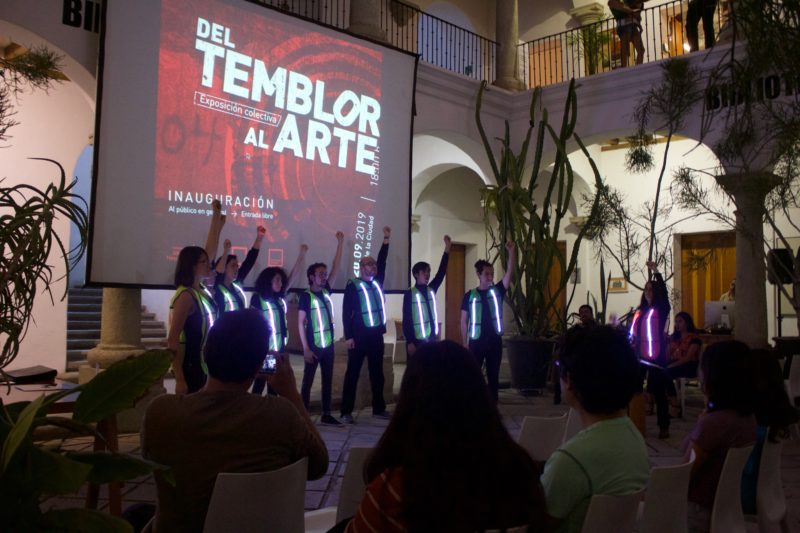 Del Temblor al Arte
Del Temblor al Arte
Antonio Moya-Latorre: “Artists’ responses to the earthquake in the Isthmus of Tehuantepec are a perfect example of how art can contribute, in an extreme situation like the one triggered in 2017, to expand community awareness by leveraging the potential of local culture.” Visit the exhibition…
Oaxaca – Beyond Reconstruction
“Harvard GSD faculty and students published a report based on two years of research and studio practice focused on Oaxaca, Mexico after its devastating 2017 earthquake. Based on work with partners at MIT and elsewhere, and through comparative reflection on Chile’s disastrous earthquake a few years prior, the contributors to this publication analyzed what went wrong in the initial disaster recovery in Oaxaca and proposed alternative frameworks for moving forward.” Keep reading…
